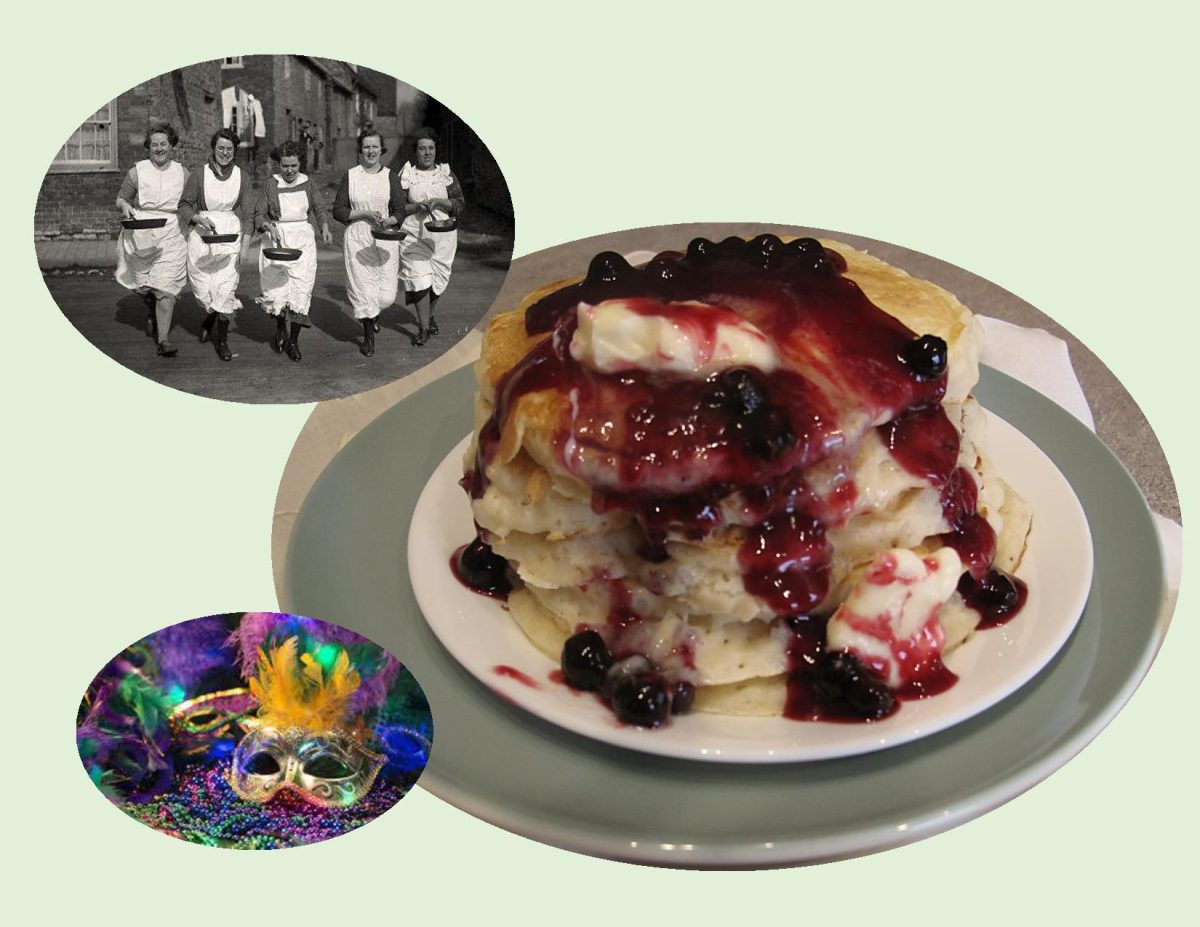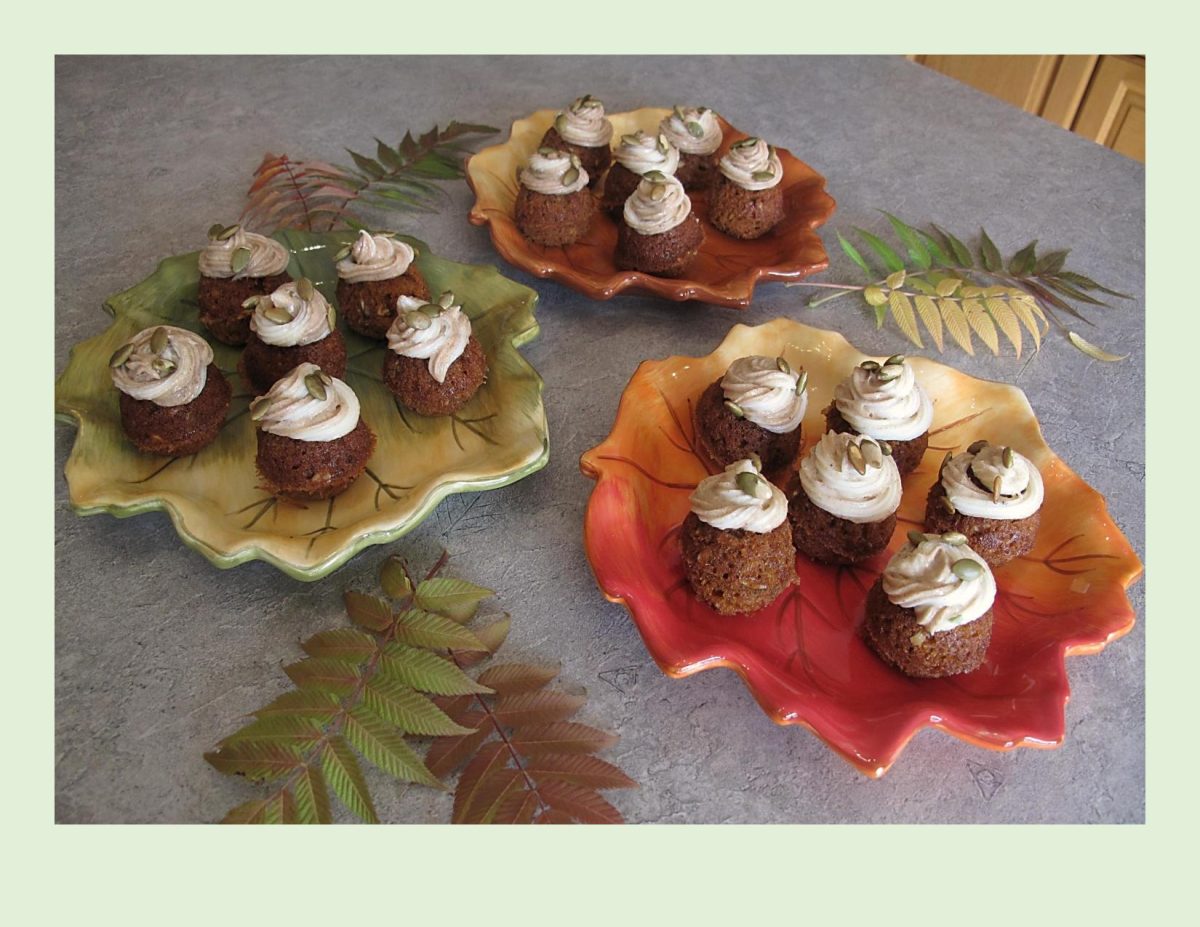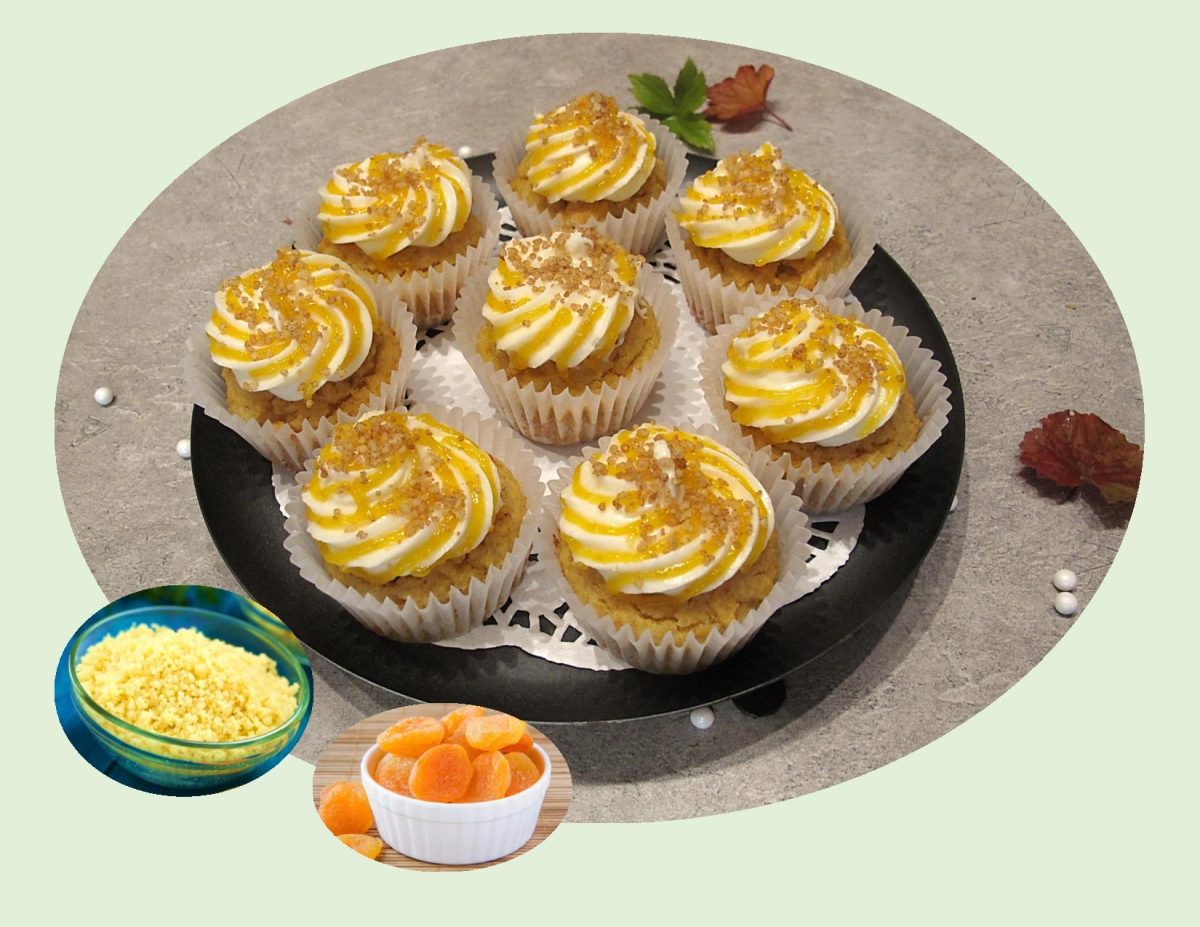Ingredients like zucchini, lime and cream cheese may give off summer vibes, but the reality is that they are available all year round. Sometimes you just want a dessert that tastes like sunshine and warm weather.
Zucchini can blend into almost any dish. Its flavor is versatile and spans from sweet to savory and does so flawlessly.
The truth is zucchini adds no flavor to cakes – but what it does do is add an incredible texture and moisture as well as bulk.
I had never really thought about combining zucchini with lime. It is such a unique but delicious combination. The lime really brightens the flavor and the zucchini, although you really don’t taste it, keeps the cupcakes nice and moist.
When preparing your ingredients however, you do need to be careful not to get too much of the white pith into your cake or frosting. The green outermost layer of your lime is the zest, and this is what you want to grate. The white layer right underneath is the pith, and it can be quite bitter.
Here comes spring with its sunshine and warm weather!

| Servings |
|
- 1/2 cup vegetable oil OR butter Do not use olive oil as you will taste it.
- 3/4 cup brown or white sugar
- 2 large eggs
- 1 cup zucchini, coarsely grated
- 2 cups cake flour
- 1 tsp cardamom (or cinnamon)
- 3/4 tsp baking powder
- 1/2 tsp baking soda
- 1/2 tsp salt
- 1 tsp lime zest
- 1/4 cup milk
- 60 gm cream cheese, room temperature
- 2 Tbsp unsalted butter, room temperature
- 1 cup powdered sugar
- 1 1/2 tsp lime juice
- lime zest for decorating
Ingredients
Cupcakes
Lime Cream Cheese Frosting
|

|
- Preheat oven to 350 F. Line a muffin tin with 12 deep cupcake papers.
- In a bowl, beat together vegetable oil & sugar; add eggs & grated zucchini & beat again.
- In another bowl, whisk together flour, cardamom, baking soda, baking powder & salt.
- Add flour mixture alternately with milk then stir in lime zest. Divide batter between the 12 cupcake liners.
- Bake for 18-20 minutes (until a skewer comes out clean).
- Remove from oven, leave in tin for 10 minutes then transfer to a wire rack to cool completely.
- In a small bowl, beat cream cheese & butter until light & fluffy. While mixing on low, slowly add powdered sugar & lime juice & beat again until fully combined.
- When cupcakes are cooled completely, pipe a rosette on each cupcake & sprinkle with lime zest.




















